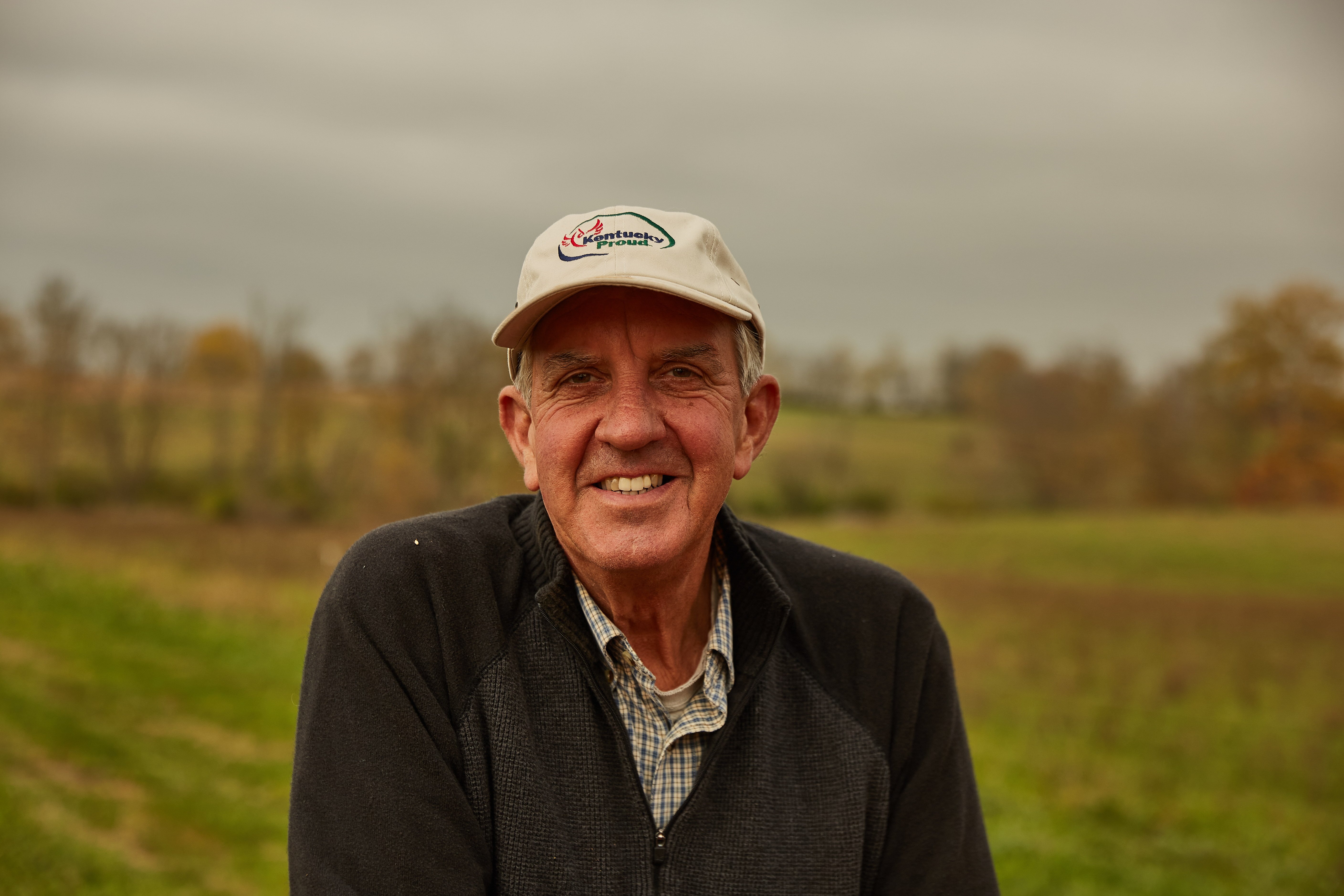
By: Mac Stone, Farmer & Owner, Elmwood Stock Farm
It happened again. We went from summer to winter with one week of fall weather. Technically, the first real freeze is about on time. The thing is first frost was last week, and for us did not qualify as a killing frost, since most of the pigweeds got burned but not all the Johnsongrass and crabgrass. In the eyes of the National Weather Service, the growing season is over, but those of us in Zone 6 know better. Not only are the leafy greens abundant, now is the time to start next year’s growing season.
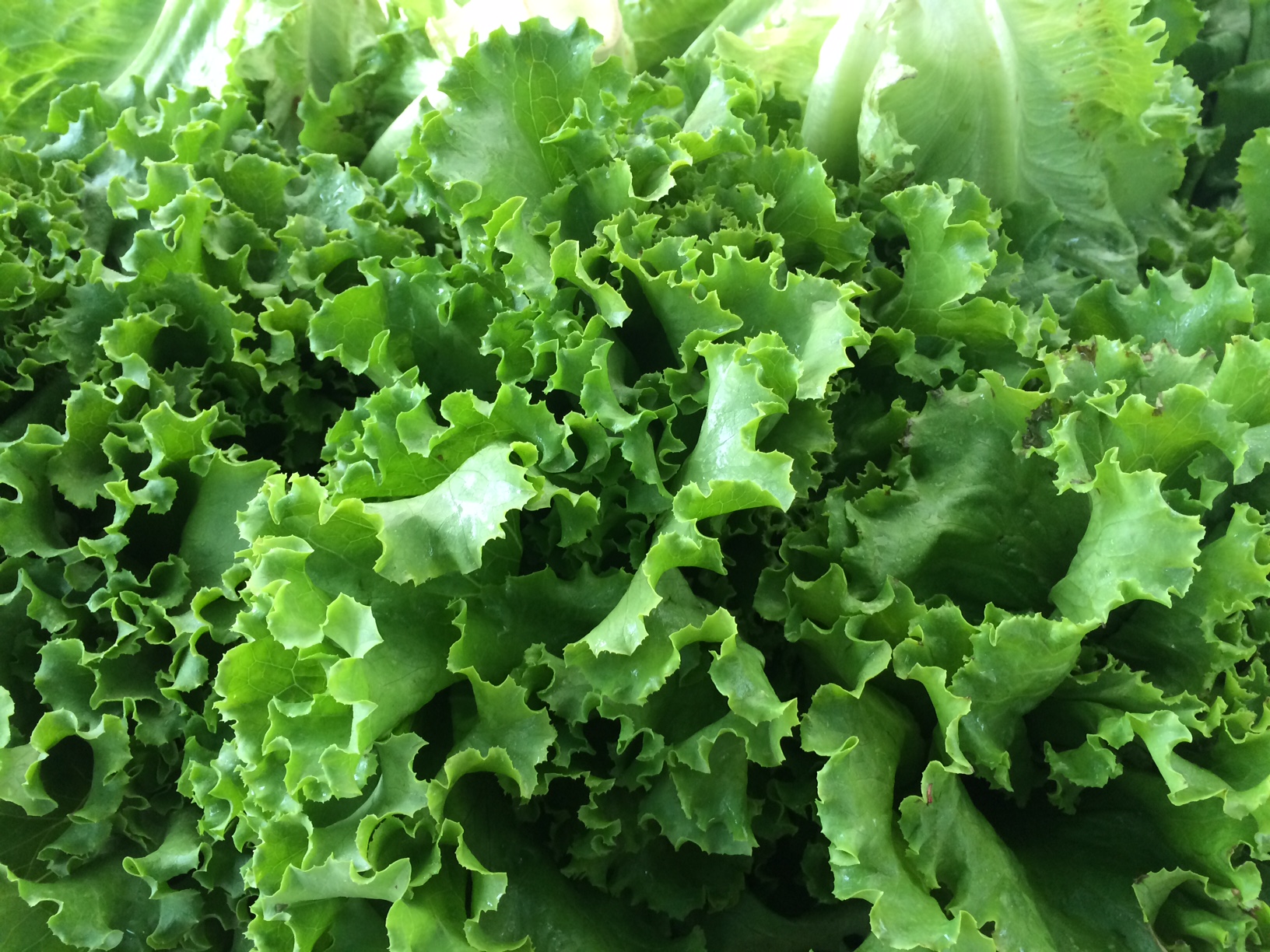
The leafy greens that sized up in October may be growing ever so slowly, but are in their nutritional prime. The rich dark leaves are doing what leaves do; converting solar energy into carbohydrates, sugars, and proteins, and flavonoids, and anti-oxidants, and all kinds of human fuel via photosynthesis. However, with the colder temperatures, the leaves are not elongating, aka cellular division, so all those nutrients are packed into each existing cell, causing them to burst with flavor. If you are still trying to convince a friend or loved one to eat more kale, now is the time to work up your favorite recipe and send them some. We like to make a week’s worth of kale salad at one time—the ultimate in fast food.

Hopefully, you home gardeners have figured out how to have greens well into winter, probably the most nutrients per square foot of any food you can grow. There’s nothing like a homegrown tomato, but really, the greens are where it’s at, most of the year. The dead of winter where nothing grows from the lack of light and cold weather combo is known as the Persephone Period. (You may know it has something to do with Hades kidnapping Persephone, the Goddess of Spring, and made her his wife, so she had to return to Hades each year for a while to appease him, while her mom, Demeter, refused to let anything grow until she returned.) Anyway, for us, we try to have big showy greens going into this time of year, patiently awaiting harvest. Around here, we figure the Persephone Period to be from mid-December until early February, but who knows how that might be altered by climate change these days, and I wonder what Persephone or Demeter or Zeus would do?

With our high tunnels, the greens growing season can be extended into the winter and prompts an earlier and quicker start in the spring, coming out of the dreaded Persephone Period. We get the plants set and well established, and they just hang out in their clear protected structure buffering the frozen tundra, ready to grow and proliferate when the longer days of sunshine return in the spring, all the while enjoying solar radiation warming the soil each day. You can mimic this in your yard with old storm windows or clear plastic sheeting stretched over something. The more sun the better. Counterintuitively, the bigger the air mass under the clear cover the better, as it allows more buffering of temperature dips and extremes, which is why we use high tunnels, not low tunnels.
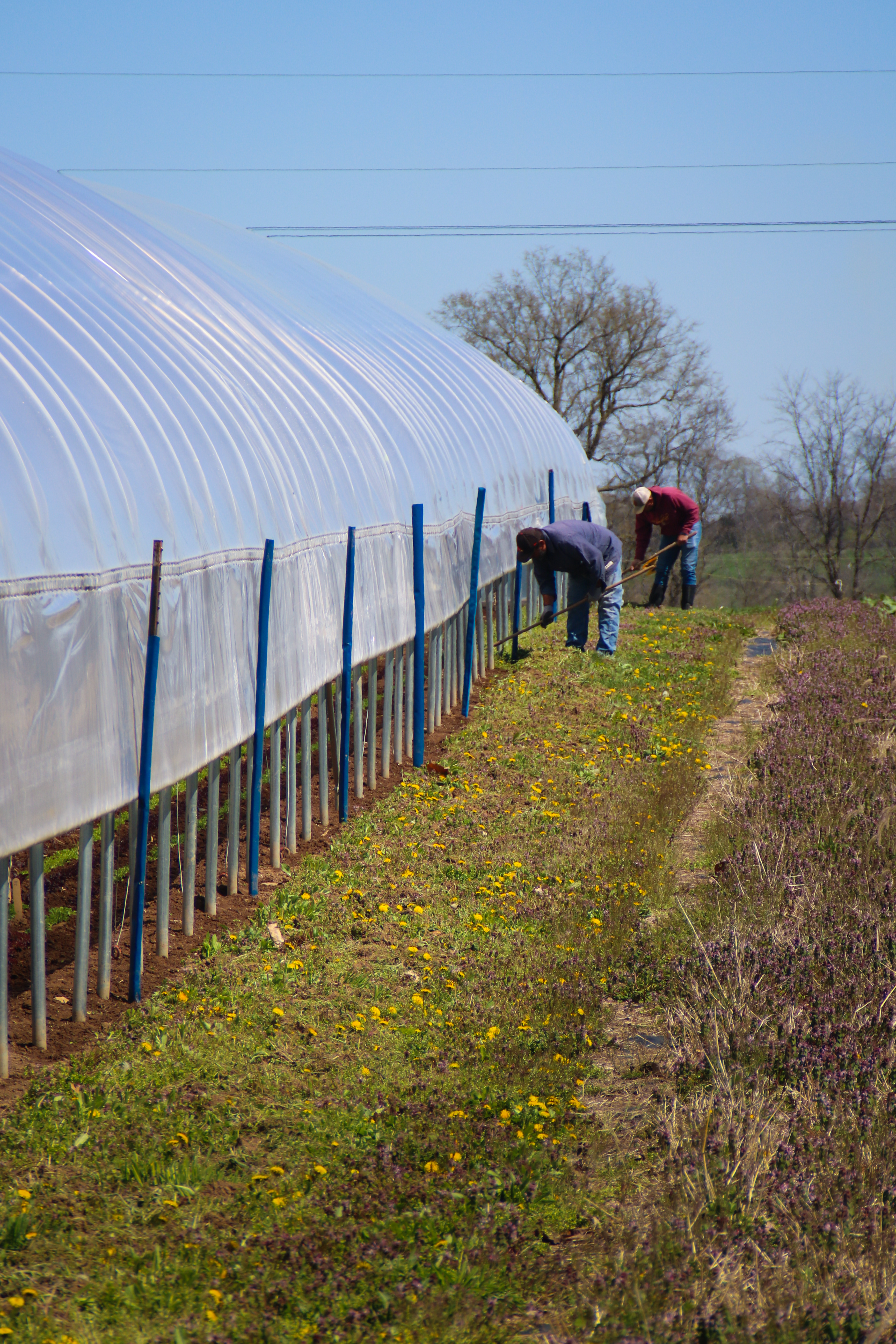
With this season winding down, now is the time to prep for next year when the nature gods return to Kentucky. The seed catalogues will be arriving before you can blink an eye, so be ready. Most people cannot bring themselves to toss out half-empty seed packets, so if you are one of us, get them out and review how they performed for you. Good germinator, grew well, tasted great, got eaten up by insects more or less than other varieties? Was the poor performance the plant’s fault or yours? We have our go-to varieties for each planting, yet always try new ones. Plant breeders are doing fantastic work to bring in cold tolerance, or conversely heat tolerance, disease resistance, and enhanced flavor to name a few attributes of consideration. Read the fine print. Johnny’s Select Seeds and High Mowing provide high-quality organic seeds, the two catalogues we keep around all year. The point is to jot down a few notes before the seductive selections show up in the mail. With your old seeds, I also suggest you put ten seeds in a wet paper towel, lightly covered to keep them from drying out and do a germination test. Odds are, not as many will be viable having lived in a box or plastic tub in the garage, or worse yet the dashboard of the truck, since spring. Leftover seed is almost always disappointing, especially since by the time you figure it out, you will be three or four weeks behind schedule. Seed rooms are cool and dry, freezers are a close second, refrigerators are not. The new LED lighting works well for starting seedings in an otherwise dark place, so go ahead and get set up with shelving and potting soil ahead of catalogue season after the holidays.
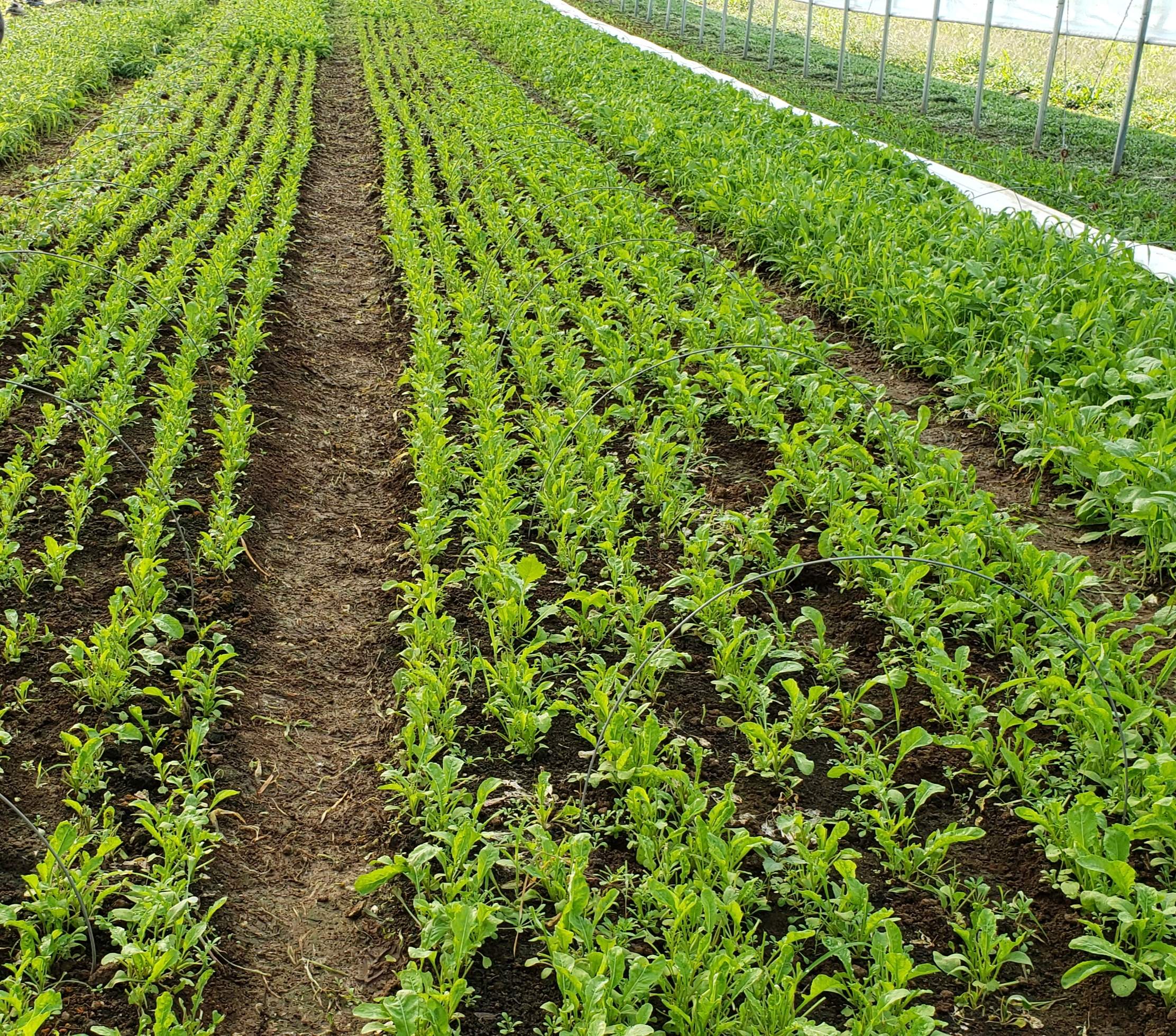
Hopefully, you have dismantled last year’s garden spots and noted where you grew what, for the all-important strategy of insect and disease hide and seek. Tomato pests will awaken next spring looking for tomatoes their parents assumed would be there. The further away each year, and the more years before returning to the same spot, the better for crops, as a good offense makes for a good defense. This is a cardinal rule for organic farming.
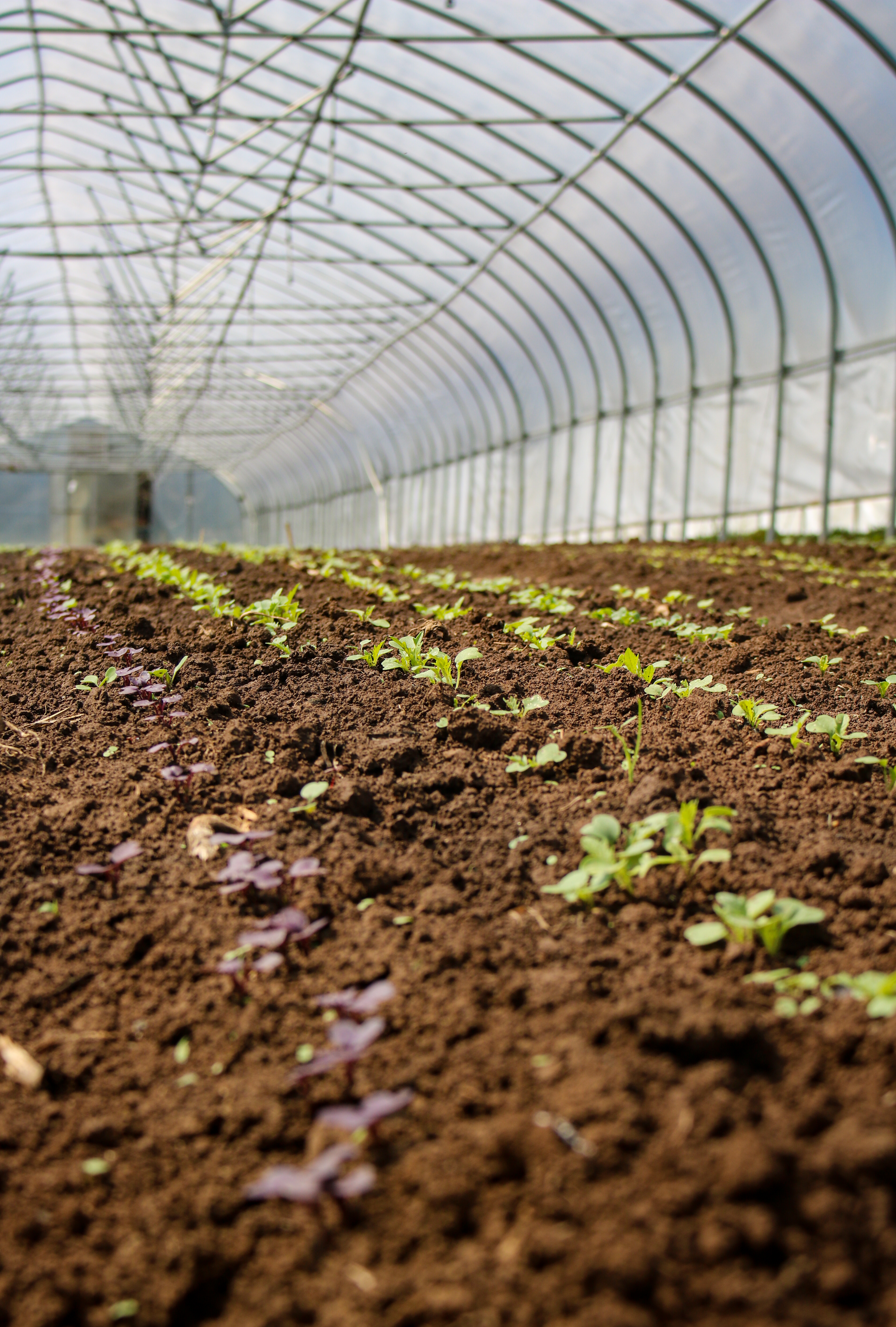
Maybe you have rototilled in the residual plant material and sowed a cover crop to feed the soil all winter? Great! If you are sensitive to steel toxicity associated with the expense and hassle of owning and running a rototiller, simply layer the leaves that are beginning to fall, a foot or more deep over the entire garden. Leaf mold as it were, will provide soil microbes with nutrients as it decays, and even inoculate the soil with more beneficial microbes. This system can be used to decay dense sod into artistic flower or vegetable beds, depending on the shapes of the piles. Next spring, simply peel back the leaves and trowel in your plants that will already be mulched for the summer. Rake a neighbor’s leaves as a random act of kindness and drag them home, the more the better, then take that same neighbor a fresh tomato next summer to say thanks, and to make sure you can rake them again next year.
Enjoy fresh leafy greens, colorful fall squashes, potatoes, and sweet potatoes, and all the local organic meats available to you, grown right here in Central Kentucky, as 2021 winds down. Start now deciding how and where you are going to grow some of your own food to supplement your CSA farm share next year. Remember to thank Good Foods Co-op for sourcing wholesome organic fruits, veggies, grains, and dairy products to round out what we can grow so well right here in the Bluegrass. Bon Appetit!
—Mac Stone, Elmwood Stock Farm
